Social media is fairly new as a marketing tool, but it’s already seen many trends come and go in its lifetime. One of the most popular social marketing techniques from the last few years, influencer marketing, is going strong—but it’s also gone through a lot of changes already as brands have experimented with how to best leverage its power.
Influencer marketing can be a great way for brands to grow a following on social media, build brand awareness, and even sell products. Why? Because it’s a targeted form of word-of-mouth marketing—one of the most powerful sales tactics of all time. By 2022, it’s expected that brands will spend around $15 billion to leverage the power of ready-made audiences with influencer marketing.
So how did we get here? Where did influencer marketing come from, and how did it start commanding such a huge share of the economy’s marketing dollars? Here’s a quick recap.
How Influencer Marketing Emerged and Evolved
To find the origins of influencer marketing, you don’t have to look far. Facebook, which is still one of the most popular social media platforms in the world, can claim the roots of influencer marketing, thanks to the analytics and insights it was offering to its customers from the beginning of its advertising program.
Data collected from Facebook ad campaigns helped advertisers learn more about what their audiences were looking for. As online advertising grew, though, so did pushback. People began installing ad blockers and backlash against Facebook’s monopoly on digital social media advertising caused shifts in the social media landscape and dropped the effectiveness of traditional ads.
As organizations explored new options for advertising and found that peer-to-peer reviews were a powerful source of brand awareness and sales, they discovered that influence didn’t always have to come from a well-known public figure. In fact, celebrities weren’t always able to provide valuable influence on social media as effectively as “average” people with a specific sphere of influence and a dedicated following.
Not only were these influencers better at engaging their audience, but they were more affordable to work with. Endorsements from an influencer in a specific niche could leverage the power of an engaged audience at a price even smaller companies could afford.
Over time, marketers brought data into the mix. They started to look into the numbers surrounding engagement to find the most effective influencers. Big data was also being used to connect brands with the right influencers on specialized marketing platforms.
Recommended: Influencer Marketing Updates: 5 Things You Need to Know
The Emergence of Micro & Nano Influencer Marketing
When influencer marketing was in its infancy, brands typically didn’t bother with accounts that had less than a hundred thousand followers. These influencers were thought to be the biggest source of ROI since their reach was larger than people with smaller accounts.
Over time, however, brands began to notice something: these traditional influencers weren’t necessarily the best source of engagement and ROI. They had larger audiences, but those audiences weren’t necessarily receptive to sponsored posts.
From this discovery, the trend of “micro” and “nano” influencer marketing emerged. Brands found that often, smaller audiences were more engaged and trusting. These small influencers were often speaking directly to family and friends, groups with high levels of trust and engagement.
Influencer marketing has always been a form of word-of-mouth marketing. But with the rise of micro and nano influencer marketing, it’s come full circle. People trust their friends and family more than influencers or celebrities to give them product recommendations. This is why influencer marketing on a smaller scale is on the rise—it’s just more effective this way, if more labor-intensive.
Another benefit of working with micro and nano influencers is the low cost. Generally, people who only have a few hundred or a few thousand followers are thrilled to receive a free product in exchange for a post. Plus, their endorsements also come off as more authentic and genuine than more “experienced” influencers, which leads to more effective campaigns. Even brands on a budget can use this technique in their marketing strategies because it’s so cost-effective.
Now that influencer marketing has matured and settled, it’s easier than ever to leverage effectively. Many brands are using it as part of a multifaceted marketing approach for revenue and awareness growth. There are new tools and accepted best practices to guide organizations of all sizes.
Influencer Marketing Is Here to Stay
With the continued popularity of social media, it’s clear that influencer marketing is here to stay. Every business has different needs and different goals for influencer campaigns, so it’s important to tailor your approach based on the data and choose a strategy that suits those goals.
Keeping an eye on the trends is important. Things are always changing. But just remember—trust is key for word-of-mouth marketing, even online. That’s why micro-influencers are the future of social media marketing. What they say matters—and ultimately, they bring real results.
Recommended: A Guide to Influencer Marketing on Instagram
Related Posts
Janice Cooper is a data visualization specialist and data scientist who is always looking to share statistical information on culture, current events and marketing.

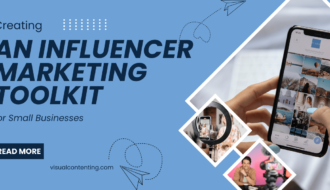
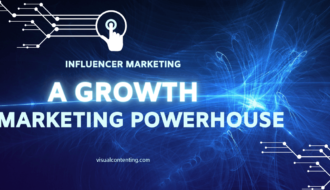

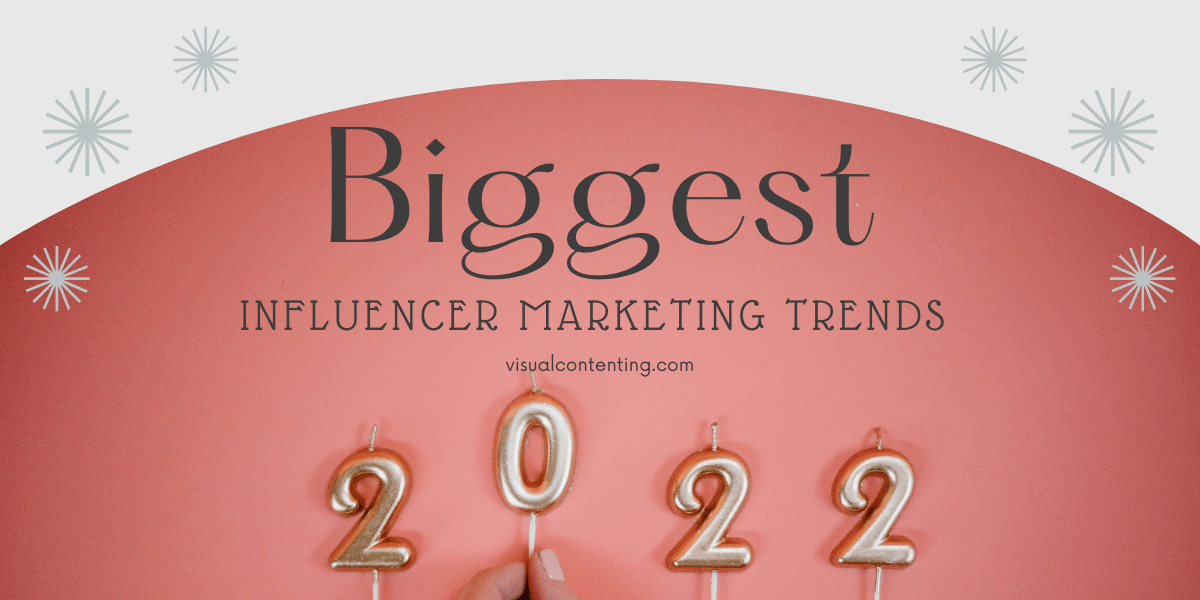
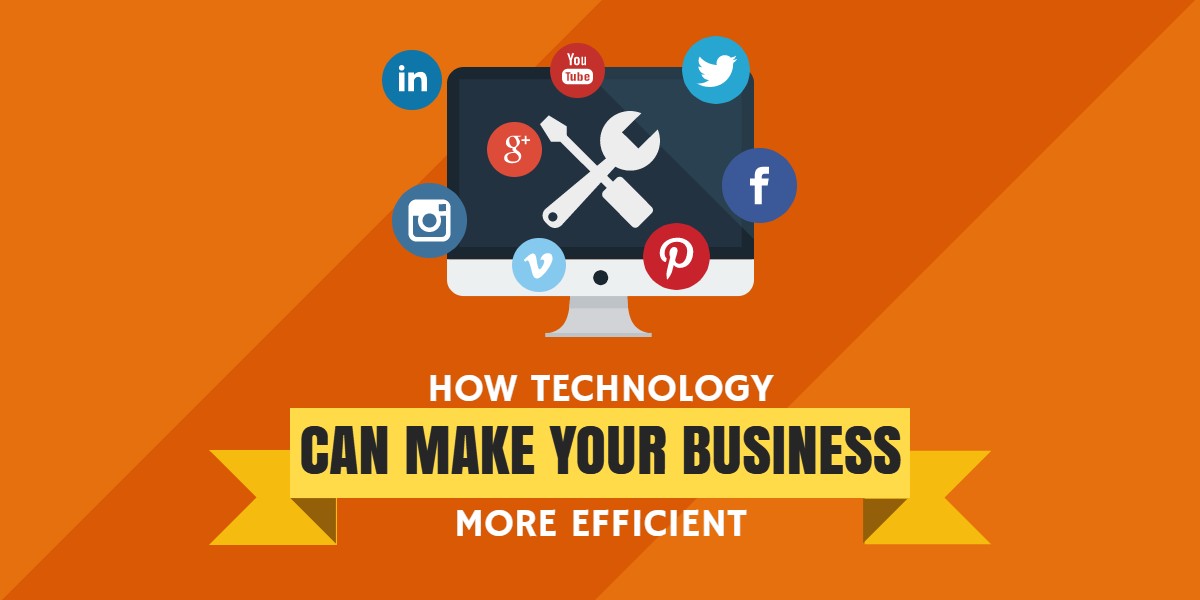
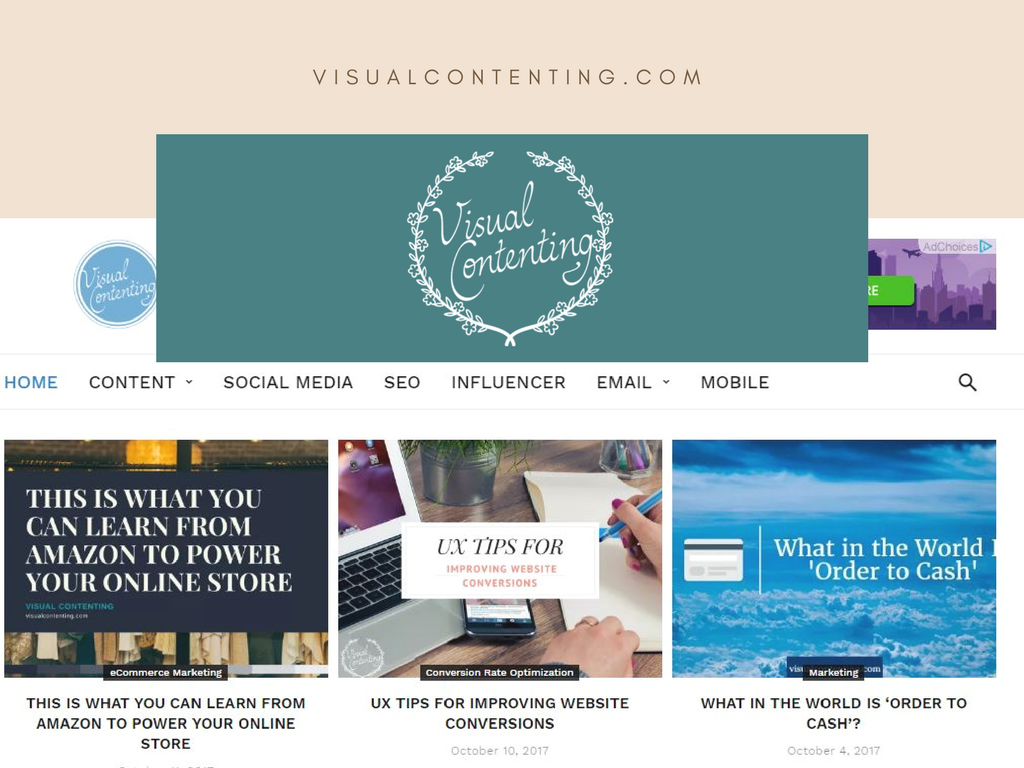

[…] Recommended: A Brief History of Influencer Marketing […]